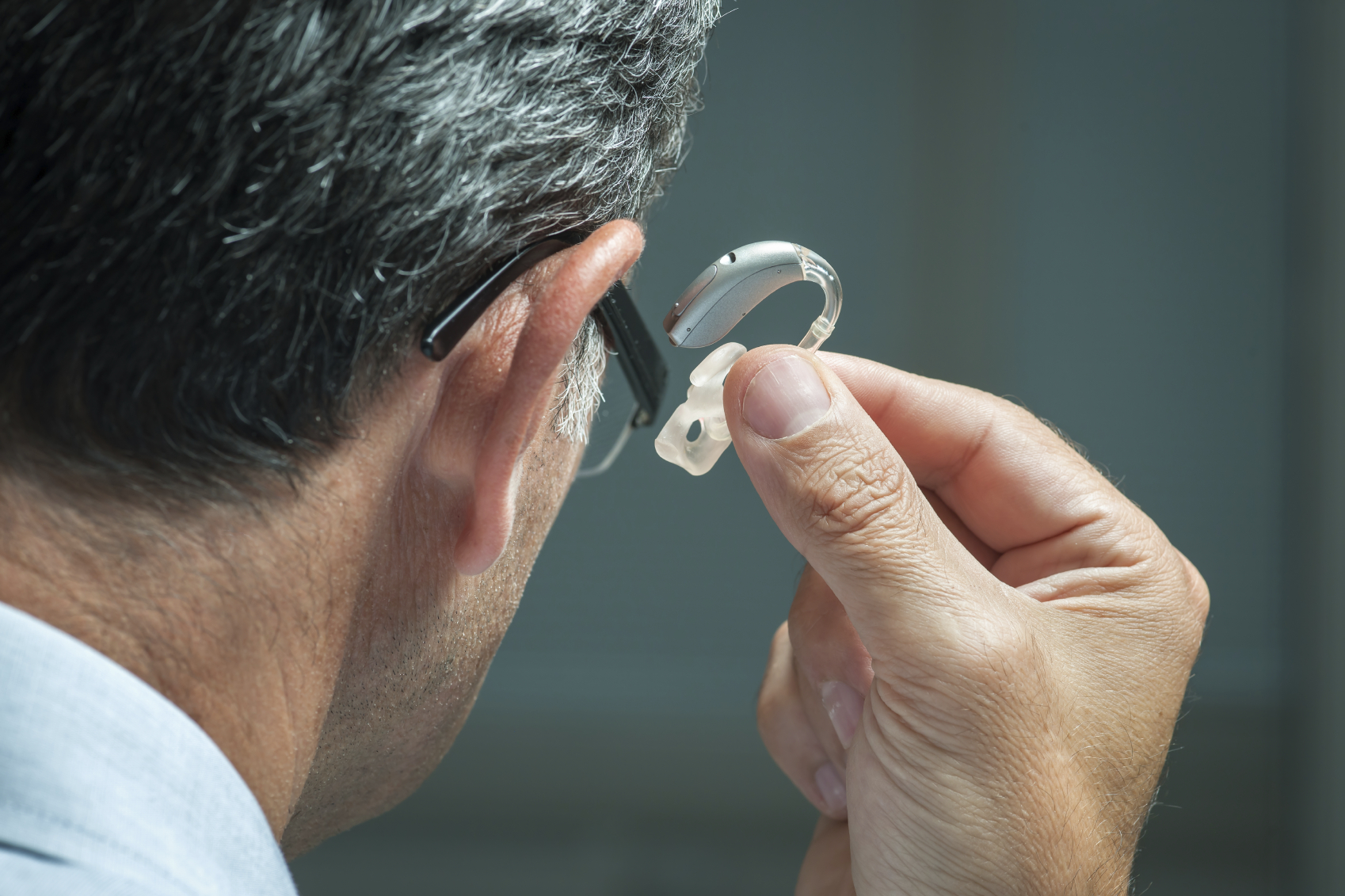AARP Hearing Center
Report: Buying Hearing Aids Should Be Easier, Cheaper
By Katherine Bouton, October 27, 2015 04:34 PM

A new federal advisory report wants to make buying a hearing aid as easy and inexpensive as buying prescription eyeglasses, calling for changes to “dramatically increase competition and increase new choices for millions of Americans” experiencing hearing loss.
Nearly 30 million Americans have age-related hearing loss, the report notes, but only “a small fraction” are getting help for the condition “and that rate is even smaller among low income and racial and ethnic minorities.”
The report from the President’s Commission on Science and Technology (PCAST) strongly supports shifting some of the power and decision-making away from the hearing aid industry and audiologists. The report, which was sent to President Obama, specifically addresses the needs of older adults with age-related hearing loss, who currently have few options: All hearing aids are expensive, and access to hearing care is complex and difficult.
Read the latest discoveries, exercise and memory-sharpening tips, health care reform and more! — AARP Health Newsletter »
The report notes that the average price of one hearing aid is more than $2,300 and that most consumers need two, causing “high costs to be a major obstacle for many people,” especially because Medicare and most insurance plans do not cover the devices.
Age-related hearing loss is by far the largest single category of hearing loss, affecting 1 out of 4 adults between the ages of 60 and 69, more than half between 70 and 79, and 80 percent of those older than 80, according to the report.
Failure to treat hearing loss can result in isolation and depression, an increased risk of cognitive decline and an increased risk of falls.
The report calls for the following three basic areas of change to reduce the cost of hearing health care, increase the number of people using hearing technology, and stimulate more innovation and technology:
- A change in the process to one similar to buying eyeglasses or contact lenses. Currently, an audiologist does an audiogram and then usually prescribes and sells the hearing aids. Instead, the Federal Trade Commission should authorize that audiogram results be given to the consumer, who then can use it to shop around, without being locked into the cost of a particular device or service. This would give consumers “a greater diversity of choices,” the report says.
- A new, cheaper category of hearing aid. Current Food and Drug Administration (FDA) standards for hearing aids result in a limited choice for consumers. The commission recommends that the FDA create a new category of “basic” hearing aids and associated hearing tests. These hearing aids, for mild to moderate age-related loss, could be sold at a pharmacy, online or at a retail store for significantly less than the current cost of hearing aids. As the report notes, “this would allow entrepreneurs and innovators to enter the market and open a space for creative solutions.”
- Relaxing of restrictions on personal sound amplification products (PSAPs). These devices resemble hearing aids in many ways but cost far less. The best of these devices — the premium models — cost several hundred dollars. Many have the same features as high-priced hearing aids, including a telecoil, directional microphones, noise programs and other features. The commission recommends that the FDA recall its previous draft guidance on PSAPs and allow the devices to advertise themselves as devices to correct hearing.
The report’s findings were hailed by consumer advocate groups. Anna Gilmore Hall, executive director of the Hearing Loss Association of America, said in an email that “HLAA fully endorses all efforts to lower the cost and improve the clearly inadequate hearing healthcare system, which only reaches 30 percent of those who need help.”
Charlotte Yeh, M.D., AARP’s chief medical officer and a member of PCAST’s advisory council, said it was “exciting to think that accessibility and affordability of hearing solutions could be possible.”
Get discounts on hearing aids and more with your AARP Member Advantage »
Response from hearing professionals was lukewarm. The American Academy of Audiology (AAA) issued a statement expressing concern “about the potential impact of these recommendations on patients, audiologists, and audiology practice,” saying the consumer’s best interest is served by an audiologist.
The Hearing Industries Association, which represents the hearing aid industry, said it was “disappointed with the PCAST report.” Like AAA, it expressed concern for patients, especially those whose “hearing loss is caused by other conditions, which cannot be self-diagnosed.”
The report’s authors acknowledged that “these changes would likely disrupt the current business practices of hearing aid manufacturers and dispensers.”
Many consumer advocates agree that the changes are sorely needed — that when the vast majority of people who need care are not getting it, something is wrong with the system.
Photo: AlexRaths/iStock
Also of Interest
- Test your hearing at home: free, easy and reliable
- Maximize your Social Security benefits
- Put your time, knowledge and talent to use as a tutor with AARP Foundation Experience Corps
- Join AARP: Savings, resources and news for your well-being
See the AARP home page for deals, savings tips, trivia and more.































































